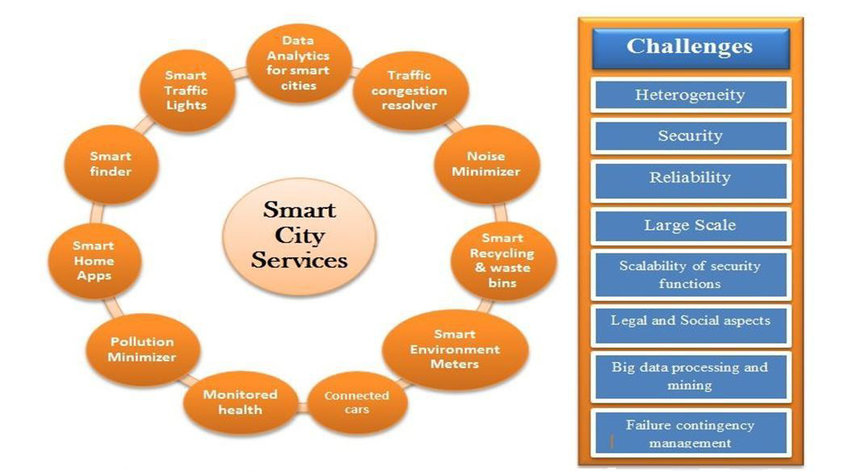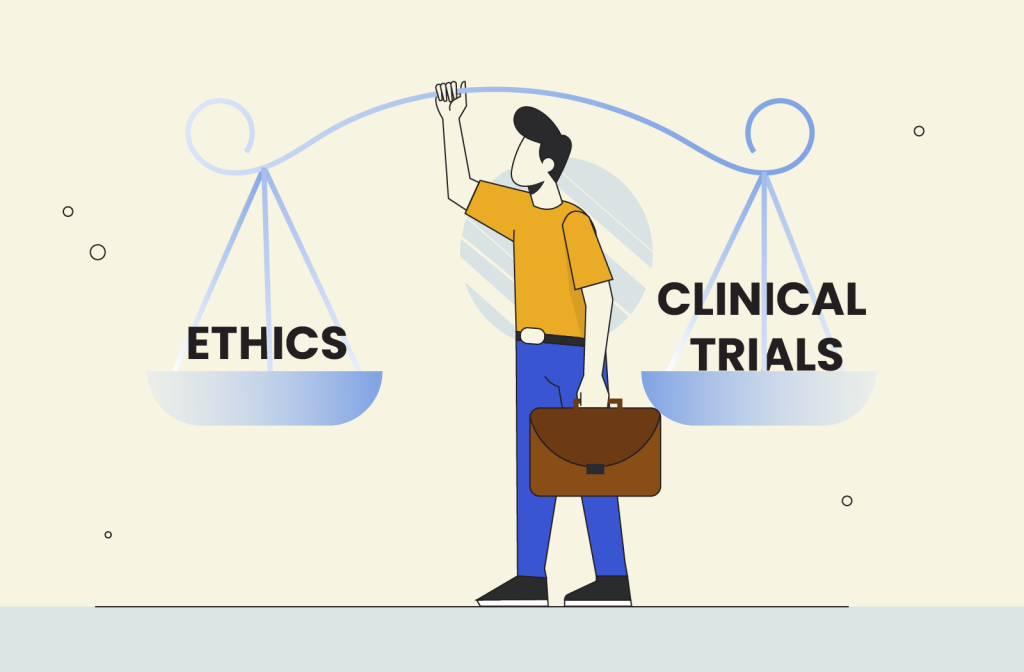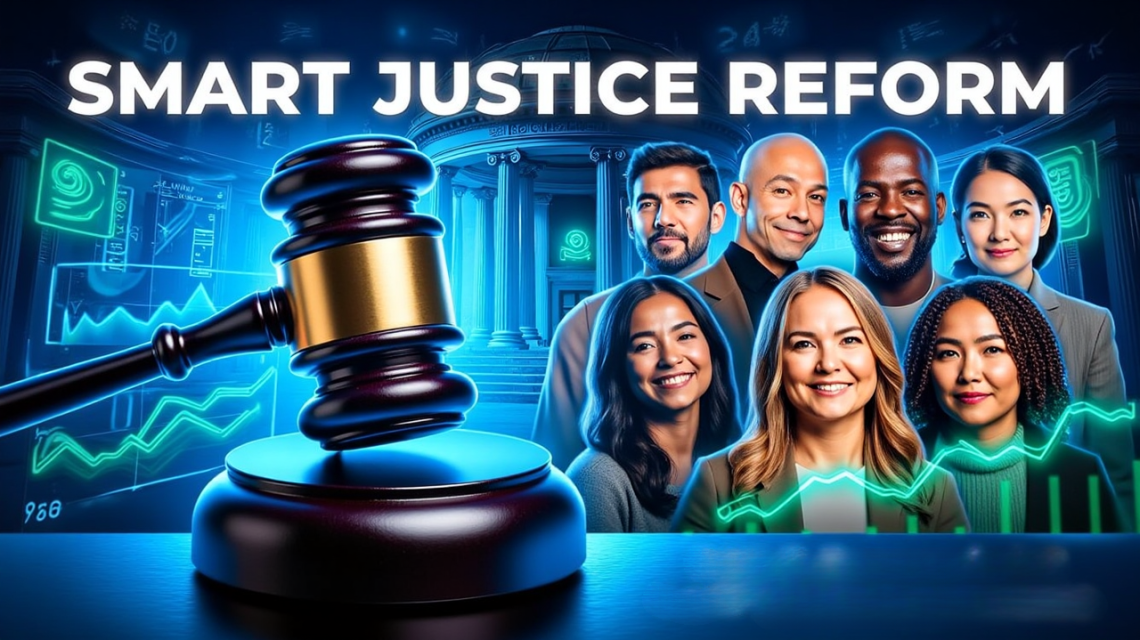We all want a fair and safe society. That’s why criminal justice reform is so important. But how do we know if our efforts are working? That’s where data comes in. The REPPP Research 7 report dives deep into how data is being used to make criminal justice smarter, highlighting progress, challenges, and the impact on policies.
What is REPPP Research 7?
REPPP stands for “Research, Evidence, Policy, Practice, and Public.” It’s a way to make sure that decisions about criminal justice are based on facts, not just opinions. The 7th report in this series focuses on how data is being used to improve our justice system. It looks at what’s working, what’s not, and how we can use information to make real change.
The Power of Data: Why We Need It
Imagine trying to build a house without a blueprint. You wouldn’t know where to put the walls or how to make it strong. That’s kind of like trying to reform criminal justice without data. We need data to:
Understand the Problem: Data helps us see the big picture. We can track crime rates, see who is being arrested, and understand why.
Measure Progress: Data lets us see if our reforms are working. Are crime rates going down? Are fewer people going to jail?
Make Smarter Decisions: Data helps us choose the best policies. We can see which programs are effective and which ones aren’t.Hold Systems Accountable: Data can show us if the justice system is treating everyone fairly.
Progress: Where We’re Seeing Change

The REPPP report shows that there’s been real progress in using data for criminal justice reform. Some key areas include:
Data-Driven Policing: Police departments are using data to identify crime hotspots and deploy resources more effectively.
This can help reduce crime and improve community safety.Risk Assessment Tools: These tools use data to predict the likelihood that someone will re-offend. This can help judges make better decisions about bail and sentencing.
Recidivism Reduction Programs: Programs that use data to identify the needs of people leaving prison are helping to reduce recidivism (the likelihood of re-offending).
Transparency and Accountability: More and more agencies are making their data public, which helps to increase transparency and accountability.Better understanding of racial disparities: Data is helping to show where racial biases exist within the criminal justice system.
Challenges: The Roadblocks to Reform
While there’s been progress, there are also challenges. Some of the biggest ones include:
Data Quality: Not all data is created equal. Some agencies may have incomplete or inaccurate data, which can lead to flawed conclusions.
Data Sharing: Different agencies often use different systems, making it difficult to share data. This can hinder efforts to understand the big picture.
Privacy Concerns: Sharing data can raise privacy concerns, especially when it comes to sensitive information.
Lack of Resources: Many agencies lack the resources and expertise to collect and analyze data effectively.
Bias in Data: Data can reflect existing biases in the system. If certain groups are overrepresented in arrests, that bias can be amplified in the data.
Implementing research into practice: There is often a gap between what research shows, and what gets implemented into the real world.
Policy Impact: Turning Data into Action

The ultimate goal of using data is to improve policies and practices.
The REPPP report highlights some examples of how data has led to policy changes:
Sentencing Reform: Data on the effectiveness of different sentencing policies has led to changes in sentencing guidelines.
Bail Reform: Data on the impact of bail on pretrial detention has led to reforms aimed at reducing the number of people held in jail before trial.
Diversion Programs: Data on the effectiveness of diversion programs has led to increased investment in these programs, which offer alternatives to incarceration.
Changes in policing: Data showing racial disparities in police stops has led to policy changes aimed at reducing bias.
The Future of Data-Driven Reform
Data is a powerful tool for improving our criminal justice system.
But it’s just a tool, It’s up to us to use it wisely. We need to:
Be Critical: Don’t just accept data at face value. Ask questions and look for biases.Be Collaborative: Work together with researchers, policymakers, and communities to use data effectively.
Be Patient: Change takes time. Don’t get discouraged if you don’t see results immediately.
Be Ethical: Always prioritize fairness and justice.Keep Learning: Criminal justice is always changing, so we must continue to learn and improve.



good!
better!
wonderful!
good!